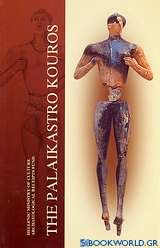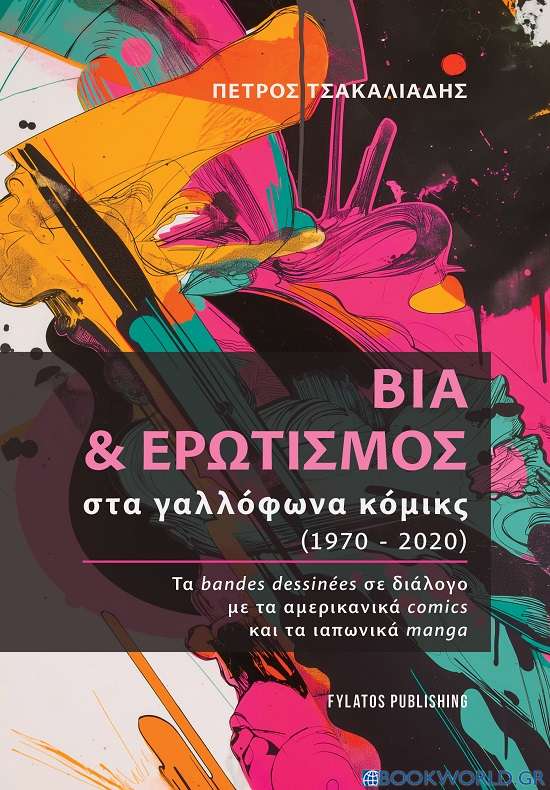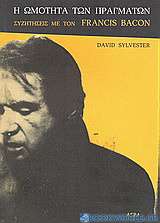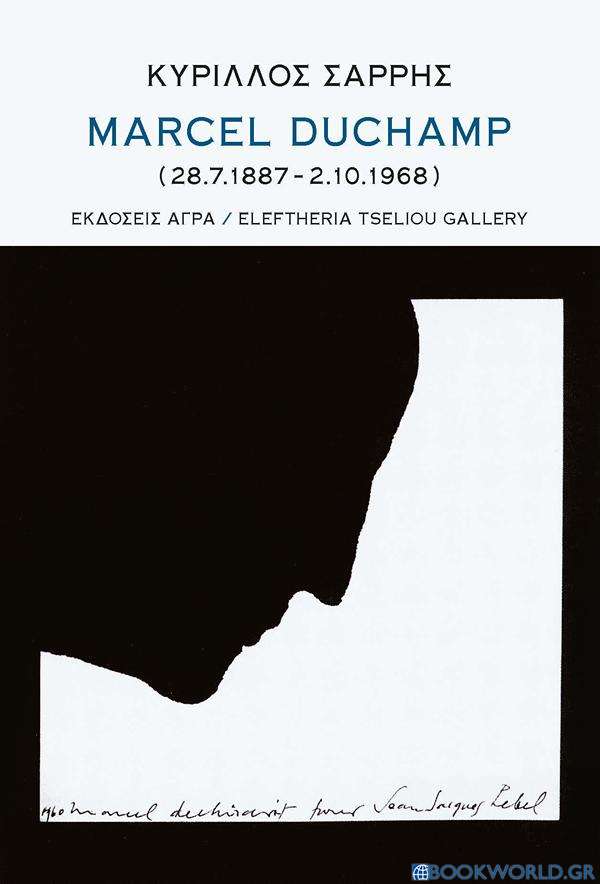The Palaikastro Kouros
A Masterpiece of Minoan Sculpture in Ivory and Gold
Εκδότης:
Υπουργείο Πολιτισμού. Ταμείο Αρχαιολογικών Πόρων και Απαλλοτριώσεων.
Έτος:
2006
ISBN:
9789602145067
Σελίδες:
38
Εξώφυλλο:
Μαλακό

Τιμή εκδότη:€8,12
Η τιμή μας: €7,31
The Palaikastro Kouros
The recent discovery of a youthful male statuette at the Minoan town site at Palaikastro in East Crete was a major event. It had been carved in ivory by a sculptor with an extraordinary talent for rendering naturalistic detail, but was found scattered in many pieces, some in a street and others in a nearby building, where they lay just as they had fallen in the great fire destruction of the early 15th century BC. The different fragments came to light in the years 1987, 1988 and 1990.
This is a composite figure (H. c. 50 cm; Max. W. 18.5 cm, at elbows), made of ivory, gold and serpentine, rock crystal and wood, with the addition of Egyptian colouring - a unique masterpiece of Minoan art (cover illustrations and Figs. 1-2). Because of its upright stance, with left foot forward, it has been named "The Palaikastro Kouros", and it undoubtedly drew on the millennia-long sequence of comparable Egyptian figures, as did the later, rich sequence of Archaic Greek "kouroi", carved in stone.
In order to understand the aim of the master-craftsman who made it, and the purposes for which it was intended, a careful examination of the object itself is required. Relevant are the circumstances in which it was found, the materials employed in its manufacture and the artist's methods. Some information is gleaned from the process by which the modem conservators carefully pieced together the hundreds of fragments, and from the architectural environment in which it had been displayed. Then, with the help of specialists, we can attempt to reconstruct the social and religious background to which it belongs.
The recent discovery of a youthful male statuette at the Minoan town site at Palaikastro in East Crete was a major event. It had been carved in ivory by a sculptor with an extraordinary talent for rendering naturalistic detail, but was found scattered in many pieces, some in a street and others in a nearby building, where they lay just as they had fallen in the great fire destruction of the early 15th century BC. The different fragments came to light in the years 1987, 1988 and 1990.
This is a composite figure (H. c. 50 cm; Max. W. 18.5 cm, at elbows), made of ivory, gold and serpentine, rock crystal and wood, with the addition of Egyptian colouring - a unique masterpiece of Minoan art (cover illustrations and Figs. 1-2). Because of its upright stance, with left foot forward, it has been named "The Palaikastro Kouros", and it undoubtedly drew on the millennia-long sequence of comparable Egyptian figures, as did the later, rich sequence of Archaic Greek "kouroi", carved in stone.
In order to understand the aim of the master-craftsman who made it, and the purposes for which it was intended, a careful examination of the object itself is required. Relevant are the circumstances in which it was found, the materials employed in its manufacture and the artist's methods. Some information is gleaned from the process by which the modem conservators carefully pieced together the hundreds of fragments, and from the architectural environment in which it had been displayed. Then, with the help of specialists, we can attempt to reconstruct the social and religious background to which it belongs.
| Τίτλος βιβλίου: | The Palaikastro Kouros | ||
|---|---|---|---|
| Υπότιτλος βιβλίου: | A Masterpiece of Minoan Sculpture in Ivory and Gold | ||
| Εκδότης: | Υπουργείο Πολιτισμού. Ταμείο Αρχαιολογικών Πόρων και Απαλλοτριώσεων. | ||
| Συντελεστές βιβλίου: | Sackett, H. L. (Συγγραφέας) | ||
| ISBN: | 9789602145067 | Εξώφυλλο βιβλίου: | Μαλακό |
| Στοιχεία έκδοσης: | 2006 | Διαστάσεις: | 27x17 |
| Κατηγορίες: | Γενικά Βιβλία > Καλές Τέχνες > Ζωγραφική - Γλυπτική - Χαρακτική - Γραφικές Τέχνες Ιστορία > Αρχαιολογία | ||
Δεν βρέθηκαν στοιχεία για τον συγγραφέα











